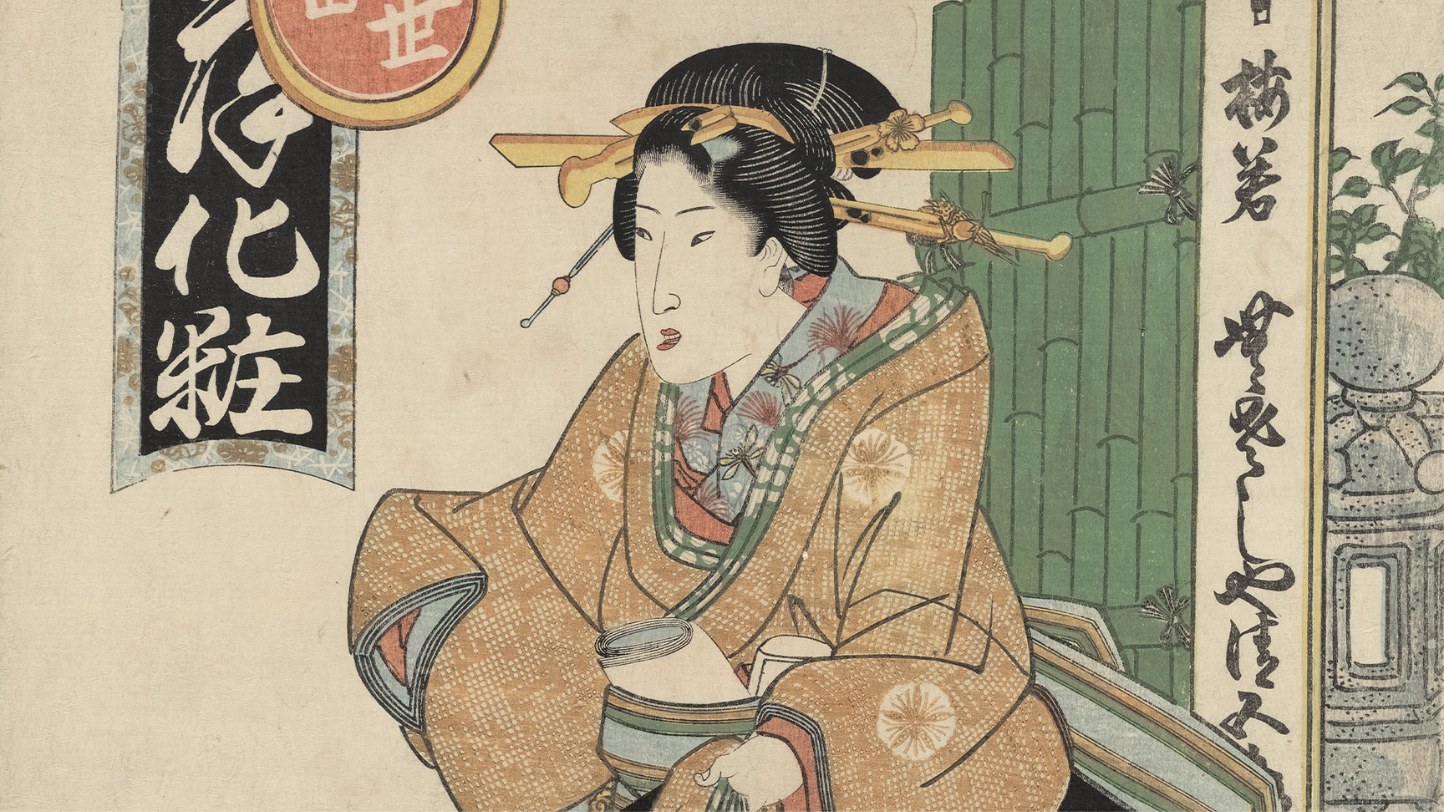
The French painter Henri Matisse He first encountered ukiyo-e woodblock prints in the early 20th century, when several world's fairs brought Japanese art to Europe. Struggling to launch his career (his first solo exhibition at Ambroise Vollard's gallery in 1904 was far from a success), Matisse took a liking to the prints, which offered a whole new way of looking at the world.
It turns out that Matisse's lifelong fascination and debt to traditional Japanese printmaking is the focus of an exhibition at the Baltimore Museum of Art in Maryland. Titled "The Art of Pattern: Henri Matisse and Japanese woodblock artists”, compares the French Fauvist’s use of color, composition and pattern to three Japanese engravers: Kikugawa Eizan, Keisai Eisen and Utagawa Kunisada.
“There is a clear visual connection between Matisse’s patterning and the Japanese woodblock artists of the previous century,” say the exhibition’s curators, Katy Rothkopf, director of the Ruth R. Marder Center for Matisse Studies, and Frances Klapthor, associate curator of Asian Art.
"While Matisse placed his models in theatrical settings in his studio, Japanese artists also engaged in artifice and illusion, but for different purposes. Their depictions of women conveyed ideals of feminine beauty, exclusivity, and sexual allure, while overt references to brothels, teahouses, and well-known restaurants were deliberate advertisements."
The exhibition also highlights stylistic differences related to taste, culture, and history. While Matisse typically placed his models indoors, nude or in sensual and revealing clothing, Japanese artists generally depicted female figures in public settings, wearing kimonos with elaborate patterns that drew as much attention from the viewer as from the wearer.
On the other hand, Matisse often reserved his patterns for the colorful, dreamlike interiors his subjects inhabited, as in his 1953 oil painting "Pink Nude." If Japanese artists, whose work had a commercial as well as an artistic purpose, were interested in representing the material reality of their society, Matisse took the opposite approach, treating his everyday environment as abstract and transcendent. Similar visual sensibilities; different results. "Matisse, who collected patterned fabrics and decorative items throughout his career, discovered that patterning added depth and interest to his compositions," Rothkopf and Klapthor explained. "The inclusion of decoration allowed him to dazzle the viewer's eye and encouraged focus on the entire composition, not just the main subject."
"The Japanese artists included in 'The Art of Pattern' used ornament and decoration to draw the viewer's eye to their subjects in an attractive and seductive way," they added. "Unlike the textiles depicted in Matisse's works, the patterns depicted in Japanese prints had additional symbolic meanings that would have been easily discerned by a contemporary Japanese audience."
“The Art of Pattern: Henri Matisse and Japanese Woodcut Artists” is on view through January 5, 2025, at the Baltimore Museum of Art, 10 Art Museum Dr, Baltimore, MD 21218.
Source: Artnet News
